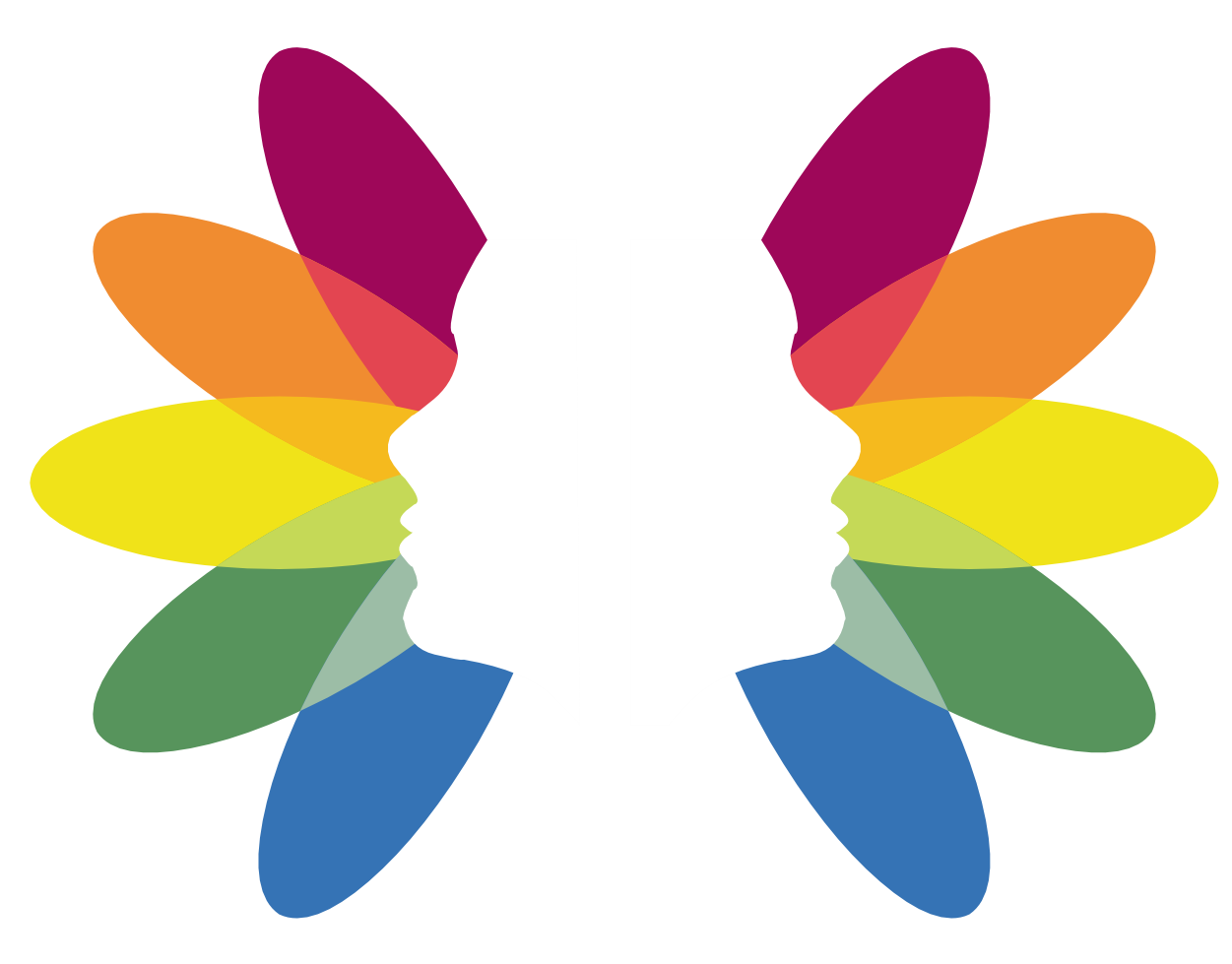Mindfulness in the Classroom
“The little things? The little moments? They aren’t little.”
Mindfulness is essentially about helping children to focus their attention so that they can still their minds. In turn, these short ‘brain breaks’ allow them to be more open, curious and aware as to what is happening around them in a more engaged way. This has obvious benefits in the classroom, but the neuropsychology behind it is what’s really interesting.
The brain is full of trillions of tiny neurons which are constantly communicating and forming networks. These networks determine how we act, what we think, and how we figure out what’s going on in the world around us. But these networks are constantly changing and adjusting. Just like a muscle, the neural networks we use more often get stronger; whilst the networks we ignore (sometimes on purpose) get weaker. So practicing mindfulness is like a workout for the brain (but with less sweat). We strengthen up the good neural networks we want more of; whilst weakening the ones that aren’t helping us, or that get in our way. Some of the ‘brain muscles’ it’s been shown to strengthen include:
Those that help a child become aware of themselves and of others and so be more compassionate
Learning to respond to situations in a thought out, reasonable way; rather than relying on ‘flight, fright or fight’ reactions
To understand that their negative feelings can be the body’s physical response; and to learn that by using their rational mind, they can influence and change these feelings for the better
To recognise moments of happiness and gratitude, which can protect and improve their mental health, and increase their resilience in difficult times.
Mindfulness has been shown to have numerous benefits in the classroom. These include improvements in self regulation, better focus and better anxiety management. Mindfulness is also shown to reduce aggression and behaviours of concern; whilst those children who practice mindfulness show higher levels of empathy, optimism and emotional control. (Meanwhile, the teachers have reported improvements in their own self-regulation, impulse control and stress management too when they’ve introduced mindfulness into their classroom).
Traditionally, we think of mindfulness as spending time sitting quietly and reflecting. Although this does play a part, children, (particularly younger children), aren’t best suited to sitting still. Instead, we can help a child to focus their attention in others ways. These can include creating a classroom environment that encourages mindful actions and reflections; and by doing activities that naturally allow the mind to settle and focus the attention.
We can help you by
Talking with you about how Mindfulness can be incorporated into everyday classroom activities
Helping you set up a ‘Calm Classroom’
Guiding you to free resources you can use or develop
Facilitating initial explanatory sessions for your classroom or school
Leading initial practice sessions for children
Develop ideas with you so you can lead practice sessions


